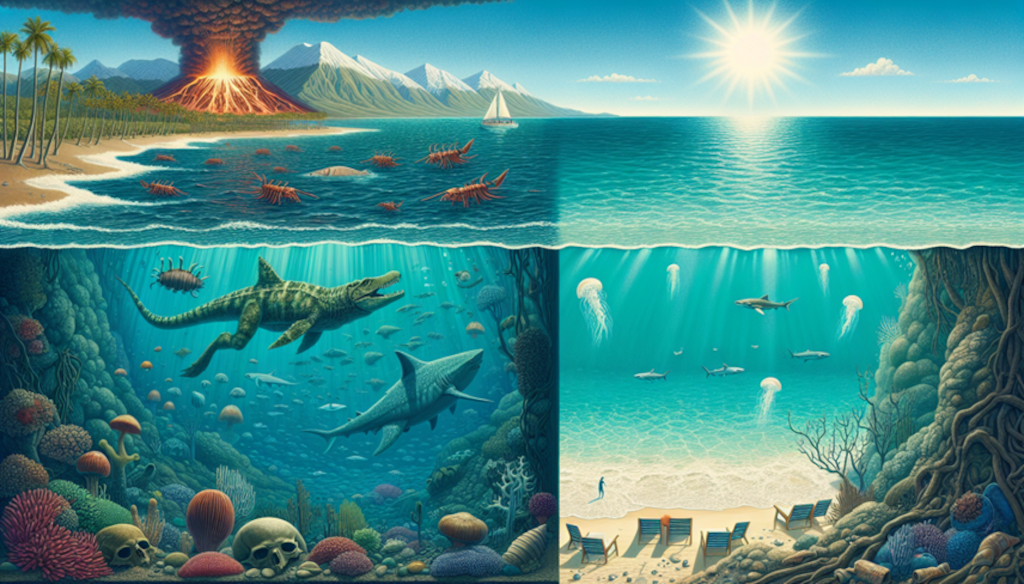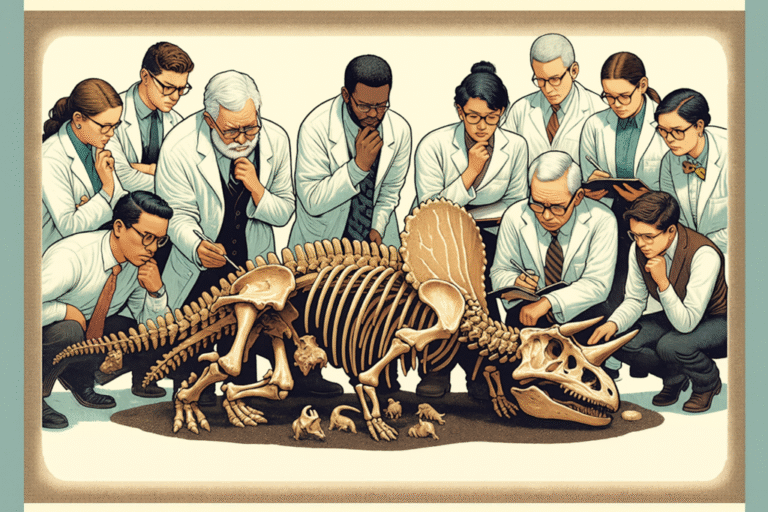Imagine flipping through a photo album of life on Earth—only to discover that entire chapters are missing. Not just missing, but… erased. That’s what scientists are uncovering as they dig deeper into Earth’s prehistoric past. We’re not talking about individual species disappearing. We’re talking about whole phyla—entire evolutionary blueprints—vanishing without a trace of descendants.
Wait—entire phyla can go extinct?
Yes. And it’s as mind-blowing as it sounds.
Most of us think of extinction through familiar faces: the dodo, the mammoth, the dinosaurs. But under the surface, the biological tree of life has lost massive, complex branches—whole groups of organisms so unlike anything living today that scientists aren’t even sure how to categorize them.
These weren’t just “weird bugs” or oddly shaped sea creatures. These were deeply alien life forms that challenge what we even recognize as an animal.
The Ediacaran and Cambrian periods: Earth’s great biological experiment
Let’s rewind to more than 500 million years ago. The Ediacaran and Cambrian periods were Earth’s ultimate innovation lab. Life wasn’t just evolving—it was exploding in diversity.
But here’s the twist: many of these experimental life forms never made it past the first few hundred million years. Some didn’t leave genetic heirs. Others went extinct in mysterious mass die-offs or were slowly outcompeted by better-adapted organisms.
Some of these enigmatic groups include:
- Vendozoa: A proposed extinct phylum (or even kingdom!) of soft-bodied, quilt-patterned organisms from the Ediacaran period. Scientists still debate whether they were animals, fungi, or something else entirely.
- Opabinia: A five-eyed, nozzle-nosed creature from the Burgess Shale with no obvious modern analog. Originally described as a completely extinct phylum, scientists now link it closer to arthropods, but its weirdness resists clean classification.
- Hallucigenia: It walked on stilts and wore backward-facing spikes. For decades, researchers couldn’t even figure out which side was up. Like Opabinia, it’s now interpreted as an early relative of velvet worms, but the line between extinct group and stem-group is blurry.
But not everything that’s extinct is its own phylum
Take trilobites—they’re arguably the poster children of prehistoric extinction. But even though their class is completely extinct, they still belong to the broader phylum Arthropoda, which includes insects, spiders, and crabs today.
The distinction is subtle but important: extinction of an entire phylum means losing a whole lineage of body plans, neural systems, and evolutionary possibilities. It’s one thing to lose the dinosaurs. It’s another to lose an entire architecture of life.
A lost biological universe… hiding in plain sight
Fossil beds like Canada’s Burgess Shale or Australia’s Ediacara Hills serve as time capsules for these forgotten phyla. In fact, when these sites were first discovered, they baffled scientists. Nothing in modern biology could quite account for creatures like Dickinsonia—a creature that looks like a ribbed pancake and might not even be an animal.
Researchers have performed countless CT scans, chemical analyses of fossilized tissues, and in some cases, experiments comparing fossil morphologies with larval stages of modern creatures. Still, many of these ancient mysteries remain frustratingly unsolved.
So why does this matter?
Because it tells us something profound: the world we live in isn’t the only one life has written. There were once countless ways to be alive that don’t exist anymore—entire biological ideas that nature ultimately abandoned.
In a time when we’re exploring life on other planets and reshaping our own biosphere, looking back at Earth’s forgotten phyla reminds us how fragile, strange, and creative life truly is.
A final thought
Next time you think of extinction, remember: the real mystery isn’t always what we’ve lost—but what we’ve never known. Out in the fossil record are creatures that look like science fiction, hinting at worlds of evolutionary potential we can only begin to imagine.
And who knows? The next strange rock you trip over might hold the key to one of life’s long-lost chapters.




Thank you for your sharing.